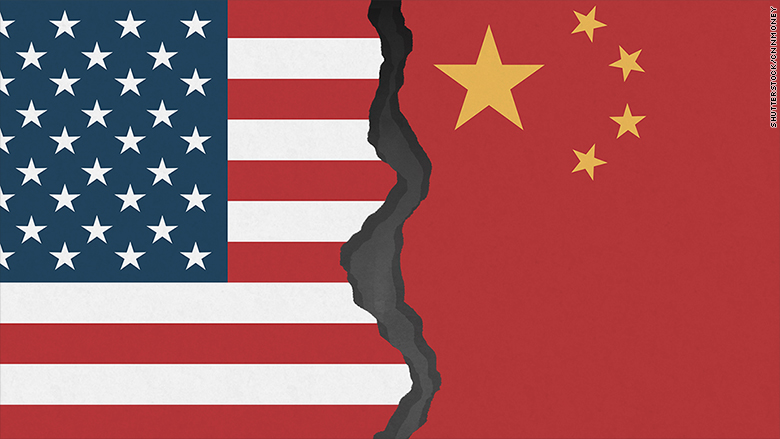The case for China’s continued rise, even in a deglobalising world

I recently read a Shanghai-based think-tanker’s view on why China will continue to rise. Zhang Jun made a persuasive case even though sceptics might metaphorically roll their eyes.
He would say what he does, wouldn’t he, the sceptic would think.
It’s a valid question.
But Mr Zhang is canny to take it as a given that China will have to contend with “a post-pandemic era shaped by national-security concerns and border controls”.
For China, he acknowledges, the world’s economic openness is the best way to progress and get rich. But now that it has to prepare “for a future characterized by higher trade barriers and restrictions”, what’s the outlook?
Very good, indeed, asserts Mr Zhang. “China’s 14th Five-Year Plan makes clear that the country will seek to reduce its dependence on external demand. The ‘dual-circulation strategy’ announced in the plan instead emphasizes reliance on the country’s huge population. China also plans to invest heavily in cutting-edge sectors, such as artificial intelligence and semiconductors, and work to achieve self-sufficiency in core technologies.”
Plans are one thing, though, how about implementation? Is the Xi era not taking China back to a state-controlled economy and isolationist policies?
No, says Mr Zhang. “The increased role of the state in the economy and a shift toward self-reliance should be interpreted as a response to a changing – and, at times, hostile – external environment.”
He says that the shift would probably have happened anyway, even if Sino-American relations had not deteriorated. That they have, has simply hastened the change and the reliance on domestic demand is actually a win for populous China, according to Mr Zhang.
He quotes a 2018 paper by Klaus Desmet, Dávid Krisztián Nagy, and Esteban Rossi-Hansberg, which “showed that in a world of restricted cross-country trade and migration, countries with large populations can provide more opportunities to increase economic output through internal trade and specialization.”
He adds that “if barriers to migration grow high enough, populous countries will outpace smaller countries in innovation, even if the latter are richer. Because long-run growth is driven by improvements in technology, this translates into a major economic advantage for countries with larger populations. This outcome highlights just how self-defeating America’s turn inward is: it’s clear that America’s success is thanks to migration and globalization.”
He finishes by noting the “strong demographic headwinds” faced by China – its birth rate having dropped to a record low in 2020. “But the effects of this decline will take a few decades to have an impact,” he argues, and “China’s demographics today give the country a significant advantage over the US in terms of human capital for at least the next 20 years.”
In broad terms, though, Mr Zhang admits that even a large domestic market cannot compensate for access to the global market.
Fair enough. Mr Zhang offers a nuanced good-news argument.

